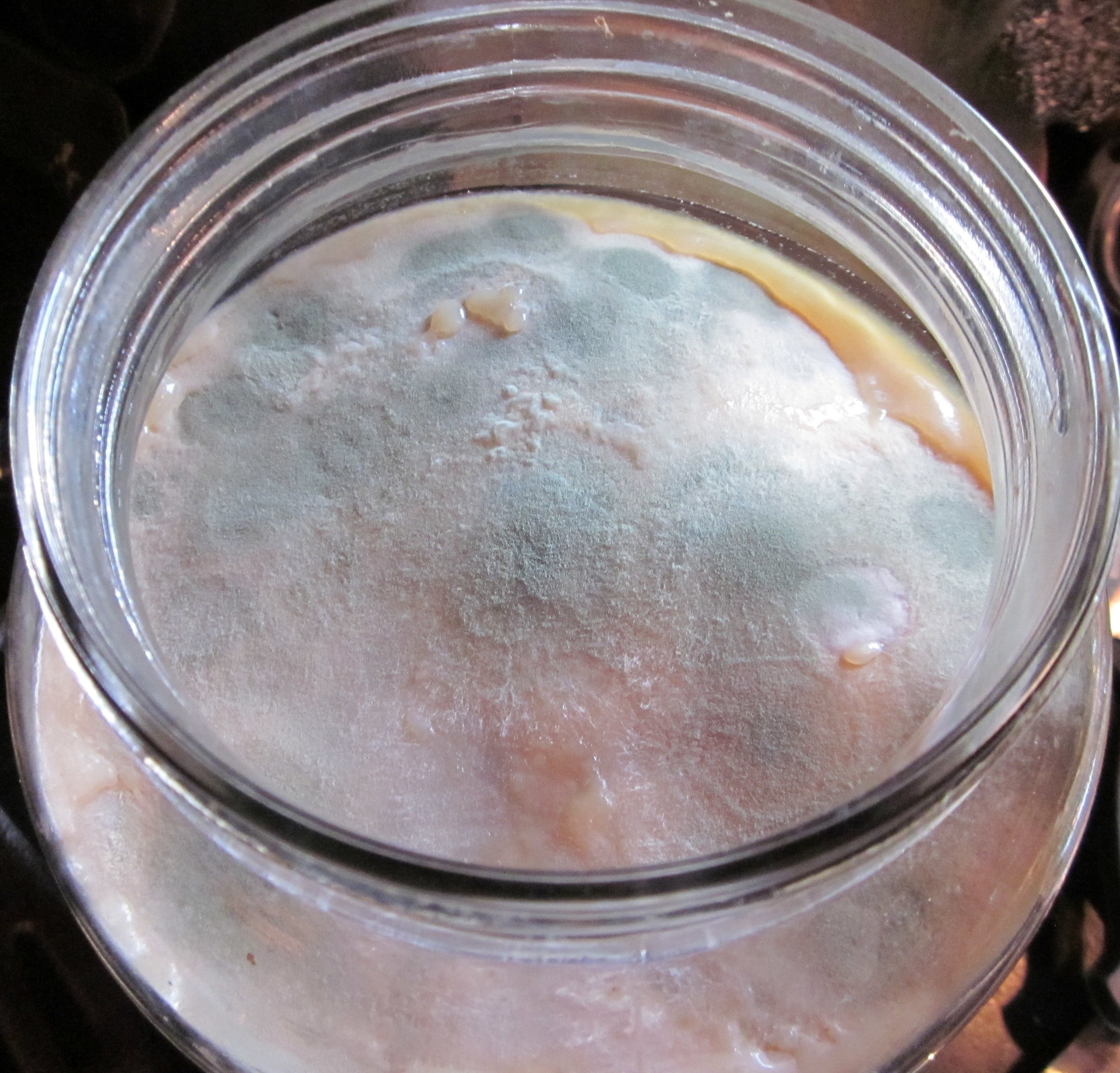In North America, soy foods have appealed to vegetarians and health conscious men and women for decades now, as more and more people seek alternatives to animal products and seek to make substitutions for dairy due to allergies.
There is this huge misconception that the Asian populations have been consuming soy for thousands of years and that they consume it in place of meat. The reality is that soy was originally used as an important rotation crop for the Chinese populations in order to fix nitrogen into the soil. It was only after the discovery of important fermentation techniques something during the Chou dynasty (1134-246 BC) that soy became a popular food in the form of highly fermented tempeh, natto and tamari.
The average consumption of soy in China is actually only about two teaspoons per day and one or two tablespoons per day in Japan. Soy is considered more of a condiment and definitely not as a replacement for animal foods, as it is most typically consumed in a mineral rich fish broth.
The truth is, over consumption of soy foods can lead to mineral deficiencies, a depressed thyroid (hypothyroidism), disrupted endocrine function and potentially infertility and breast cancer.
Soy contains the highest levels of phytates of any grain or legume that has been studied and unfortunately those phytates are incredibly resistant to normal reduction methods such as sprouting and long, slow cooking and are only minimized during an extended and lengthy period of fermentation. Phytates interfere with mineral absorption and block enzyme activity.
Soy foods also contain Trypsin inhibitors, phytoestrogens as well as the isoflavones, genistein and daidzein, which are potent inhibitors of thyroid peroxidase, an enzyme involved in the synthesis of the thyroid hormones.
In this author's opinion, fermented soy foods such as miso, tamari, natto and tempeh are they only safe soy foods. I encourage anyone consuming soy to treat it as a condiment, the way the Asians do, and to consume it along with mineralizing fish or bone broths.
Sources:
http://www.westonaprice.org/health-topics/the-ploy-of-soy/
http://www.westonaprice.org/soy-alert/
http://www.westonaprice.org/health-topics/soy-alert/thyroid-cancer-on-the-rise-is-soy-a-cause/



